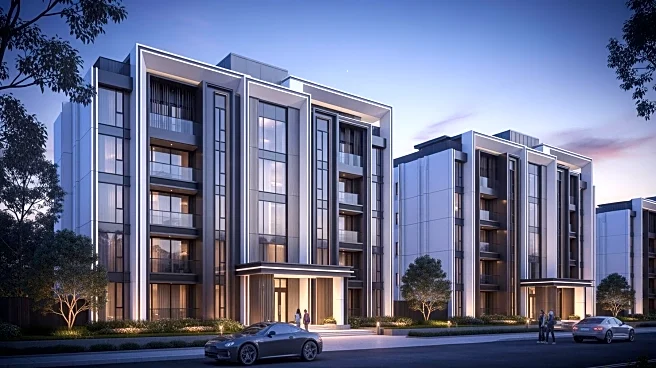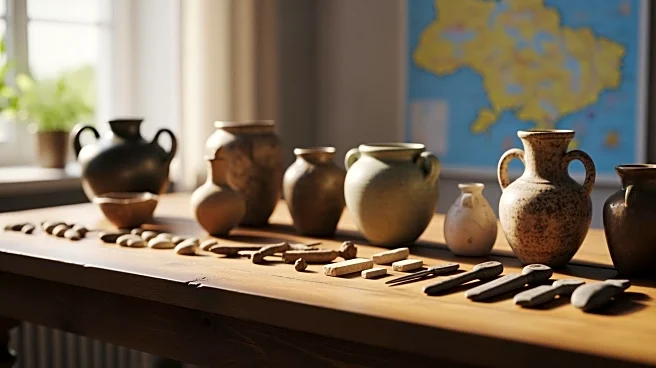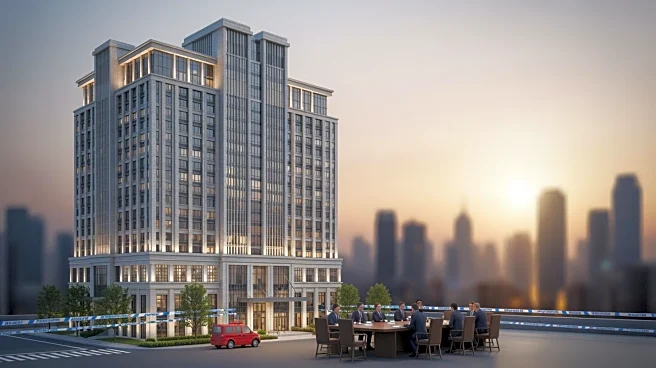What's Happening?
Durham Miners' Hall, a Grade II listed building, has reopened after a £14 million restoration project that lasted three years. Originally serving as the headquarters of the Durham Miners Association since
1915, the hall fell into disrepair following the decline of the coal industry. The restoration has transformed the hall into a heritage and cultural center, equipped with a small cinema and facilities for hosting concerts, conferences, and community events. Rob Guest, head of operations at Redhills, emphasized the building's significance, often referred to as 'Durham's other cathedral.' The reopening aims to foster community engagement and cultural activities in the region.
Why It's Important?
The reopening of Durham Miners' Hall is significant for the local community as it provides a venue for cultural and social activities, potentially revitalizing the area. The restoration project reflects a broader trend of preserving historical sites to enhance community identity and heritage. By offering facilities for various events, the hall can serve as a catalyst for economic and social development, attracting visitors and fostering local pride. The investment in such projects underscores the importance of cultural heritage in community building and economic revitalization, especially in regions affected by industrial decline.
What's Next?
The restored Durham Miners' Hall is expected to host a range of events, including concerts, conferences, and community gatherings, which could increase local tourism and economic activity. The focus on community engagement suggests potential collaborations with local organizations and schools to utilize the space for educational and cultural purposes. As the hall gains popularity, it may attract further investment and interest in similar restoration projects, promoting cultural preservation and community development across the region.
Beyond the Headlines
The restoration of Durham Miners' Hall highlights the ethical and cultural importance of preserving historical sites. It raises questions about the role of heritage in shaping community identity and the responsibility of governments and organizations in maintaining such sites. The project may inspire similar initiatives, encouraging communities to value and invest in their historical landmarks, thereby fostering a sense of continuity and belonging.











